In electronics, a filter is a group of components in a circuit that performs signal processing. They are made from basic components such as resistors, inductors, and capacitors. They also include microprocessors in the case of digital filters. Parts of the input signal may either be blocked or have their frequency and amplitude modified depending on the arrangement of these components in the filter circuit. There are a wide range of filter categories including passive, active, linear, non-linear, analogue, and digital. Passive and Active Filters Passive filters use only the Read More
LNB Tester
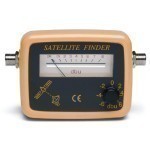
Before you ask what an LNB tester is, you should know what an LNB is. An LNB is the receiving end of a satellite dish. LNB stands for low noise blocker; it is a device that essentially does what it says. It blocks low noise (frequencies) in order to receive higher frequencies in which satellite transmissions use. Today, the majority of satellite dishes are sold for commercial use to receive digital television signals or for communication technology such as broadband Internet. Low noise blockers also amplify the high end frequencies Read More
Opto Isolator
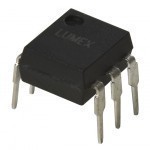
An opto isolator is an electronic device that prevents high voltages from components in one side of a circuit from damaging or interfering with components on the other side of the same circuit. Opto isolators regulate voltage levels by converting electricity into a beam of light. This prevents voltage spikes from impacting more than a single circuit and decreases the overall interference and noise that occurs with traditional communications connections. They are good for quality control in the recording industry, and can be used in other industrial applications such as electroencephalography, Read More
IC Design
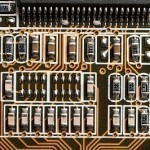
In the modern world of data and information, computer systems need circuits that are able to process and transfer that information. Because of this, a great deal of resources and innovation go into creating more advanced circuitry in order to increase data transfer rates and make computer systems smaller. This article will demonstrate how integrated circuits by explaining what they are and listing a number of programs that allow users to design their own integrated circuits. What is IC Design IC design, or integrated circuit design, is a specialized field Read More
How DLP Projectors Work
DLP (Digital Light Processing) projectors works in similar ways to a lot of other micro display devices. A high output lamp creates white light that is then sent onto a color wheel. This color wheel separates the three basic colors of light, red, blue and green. That light is then sent into a small computer chip, called the DMD (Digital Micromirror Device). From there the hundreds of thousands of tiny mirrors inside the DMD reflect the colors back out to the screen to create whatever image is being displayed. Since Read More
IC Layout
When dealing with IC design, it is important to have a solid integrated circuit layout. An IC layout is the use of different geometric shapes to correspond with the patterns of metal, oxide or semiconductor layers that are the building blocks of the components found in an integrated circuit. Other names that IC layout has are IC mask layout and mask design. When there are so many different components that an engineer needs to consider, it is important for the geometric shapes to be connected properly. There are many interactions Read More
What is a BUC?
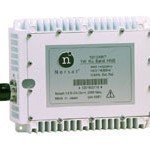
A BUC (Block Upconverter) is a device that converts radio signals from a lower frequency to a higher frequency. BUCs are used in satellite uplink transmissions in order to transfer data from a ground based unit to a satellite in orbit that will then be redirected to another ground based unit in separate location. Likewise, BUCs are used in long distance communication between two or more ground based radio towers. BUCs are often found in communication broadcast systems for television and Internet access, weather systems, and government agencies. How a Read More
Types of Radio
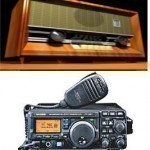
Radio can be divided into two main categories: Radio designed for you to listen to Radio designed for you to listen to and talk on Radio designed for you to listen to include the AM and FM bands, shortwave radio, and an enormous number of specialized radio bands that you can hear by purchasing a radio scanner. These specialized radio bands include police and emergency frequencies and a host of other interesting things to listen to. A radio designed only to be listened to in known as a receiver. Radios Read More
Business Band
Business band stands for a series of frequencies in the UHF and VHF two-way radio bands, which are exclusively reserved for businesses to communicate within limited ranges. Of course, not just anyone can use this bandwidth. Anyone that wants to use the business band must first receive a license from the Federal Communications Commission, also known as the FCC. There are some exceptions to this rule in the form of five frequencies, which are part of the Multi Use Radio Service, which means they are open for unlicensed use. This Read More
Forward Error Correction (FEC)
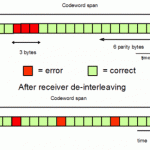
Forward Error Correction (FEC) is a type of error correction that involves encoding a message in a redundant way, which allows the receiver to reconstruct lost bits without the need for retransmission. How Forward Error Correction Works FEC works by adding “check bits” to the outgoing data stream. Adding more check bits reduces the amount of available bandwidth by increasing the overall block size of the outgoing data, but also enables the receiver to correct for more errors without receiving any additional transmitted data. This dynamic makes FEC ideal when Read More


Share on: